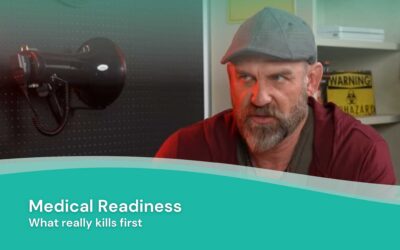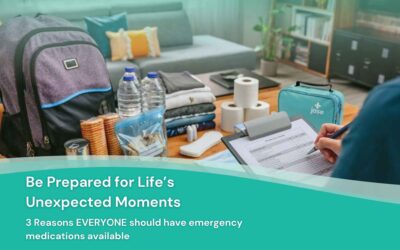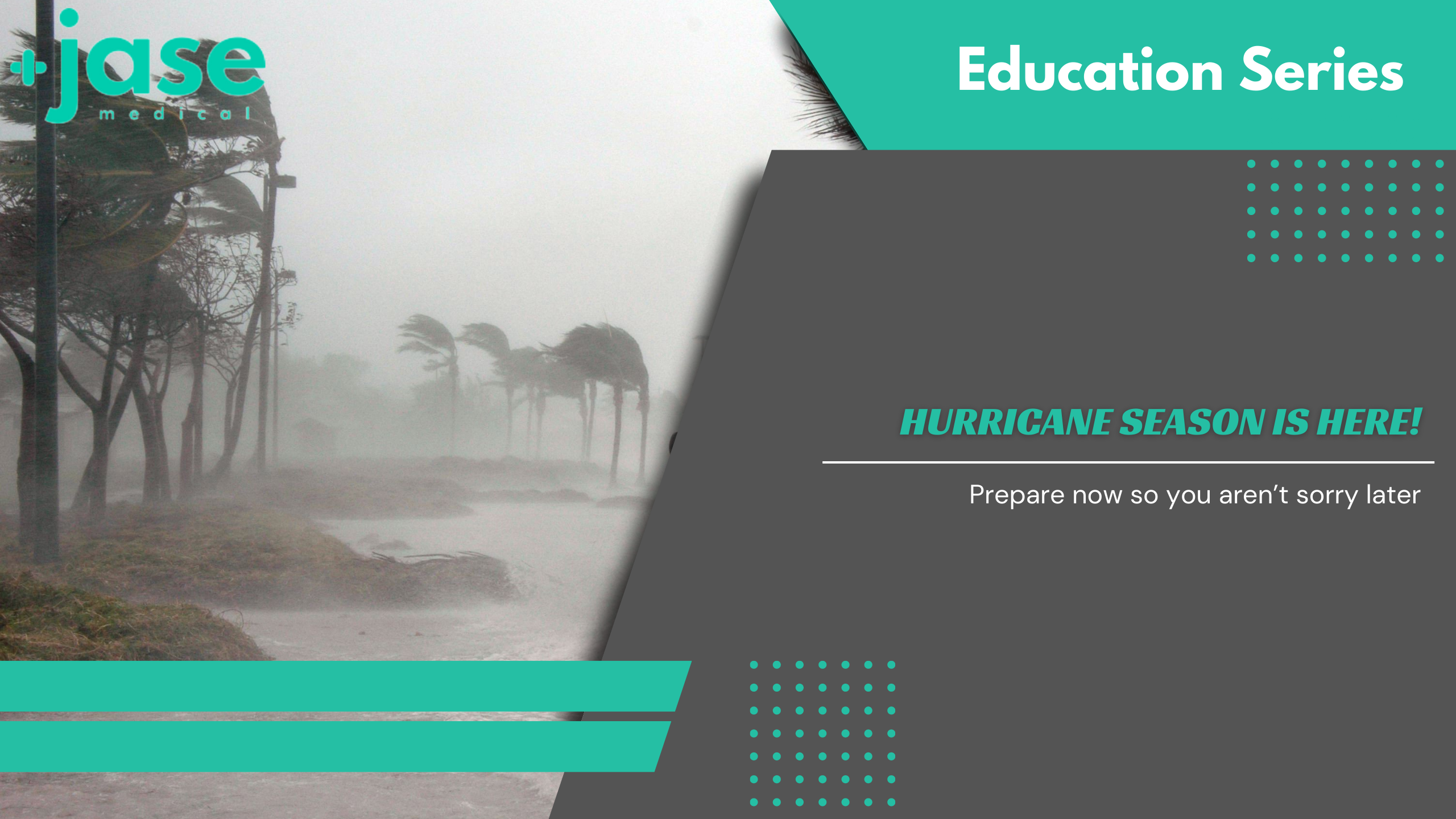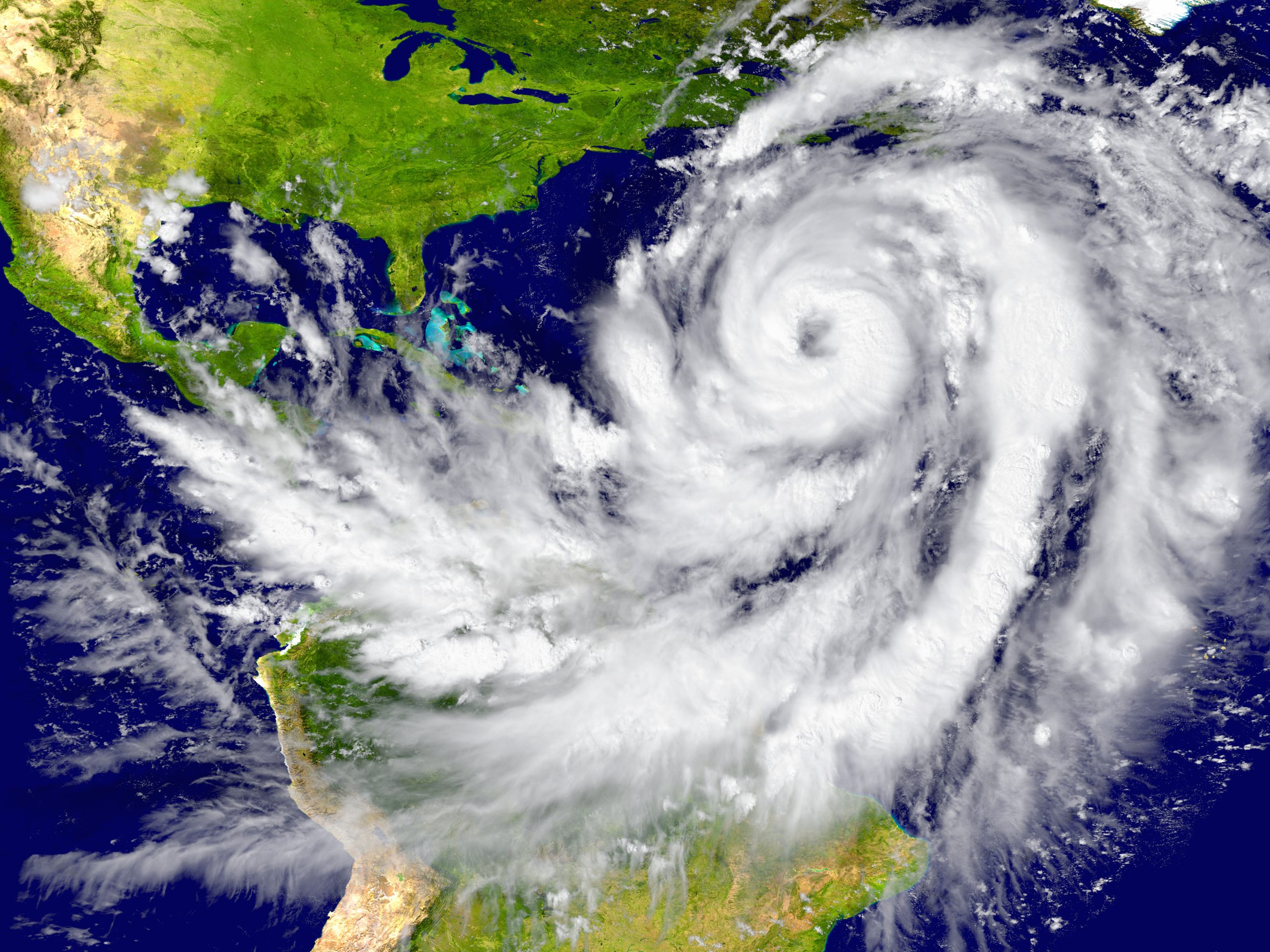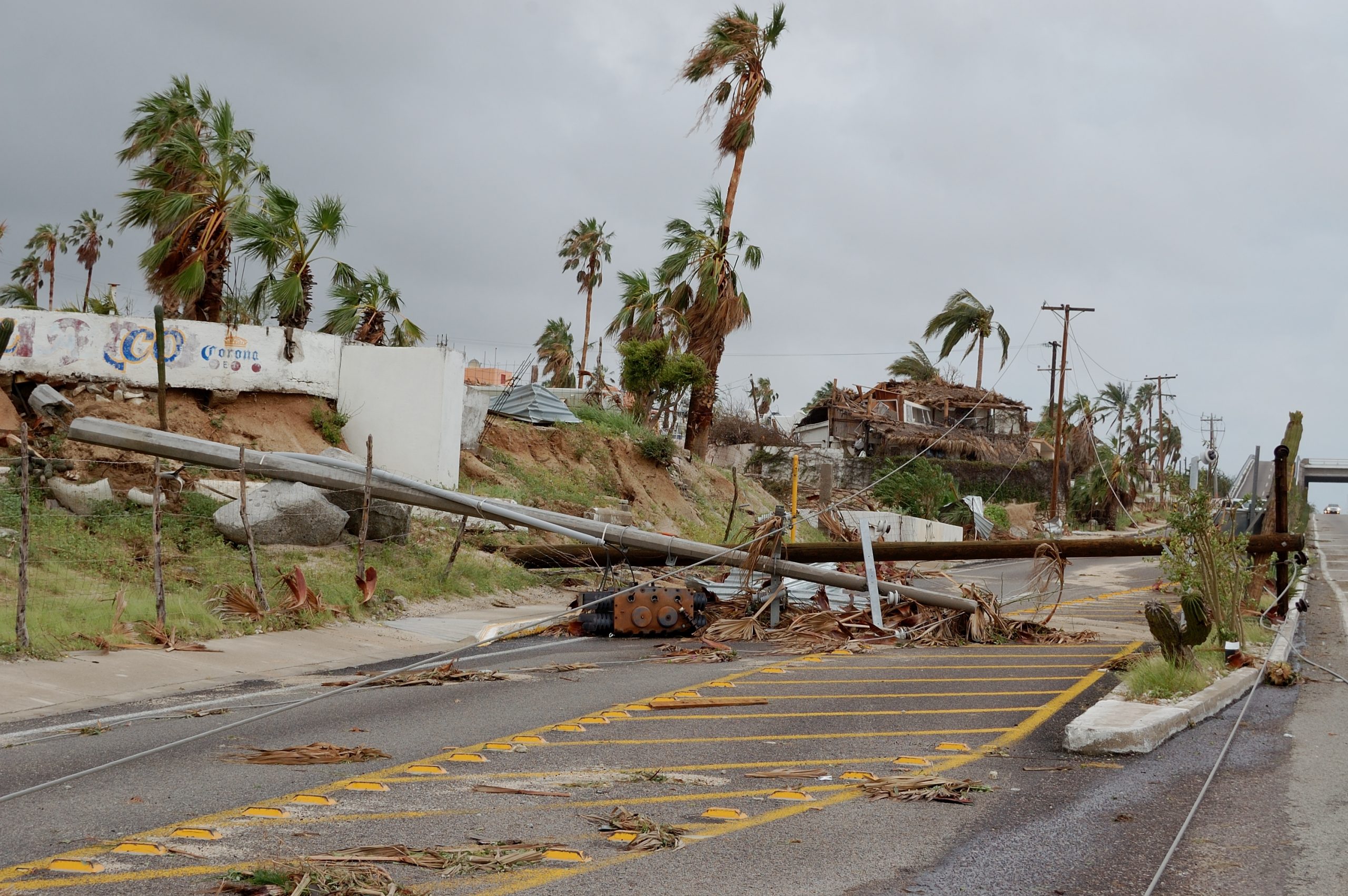When Disaster Strikes, It’s Not Hunger or Thirst That Takes the First Lives In every disaster zone, from hurricanes in the Caribbean to war zones in Ukraine, the pattern is the same. People worry about food and water, but it’s infection that kills first. A small wound...
Build Personal Resilience- Don’t Get Caught Off Guard
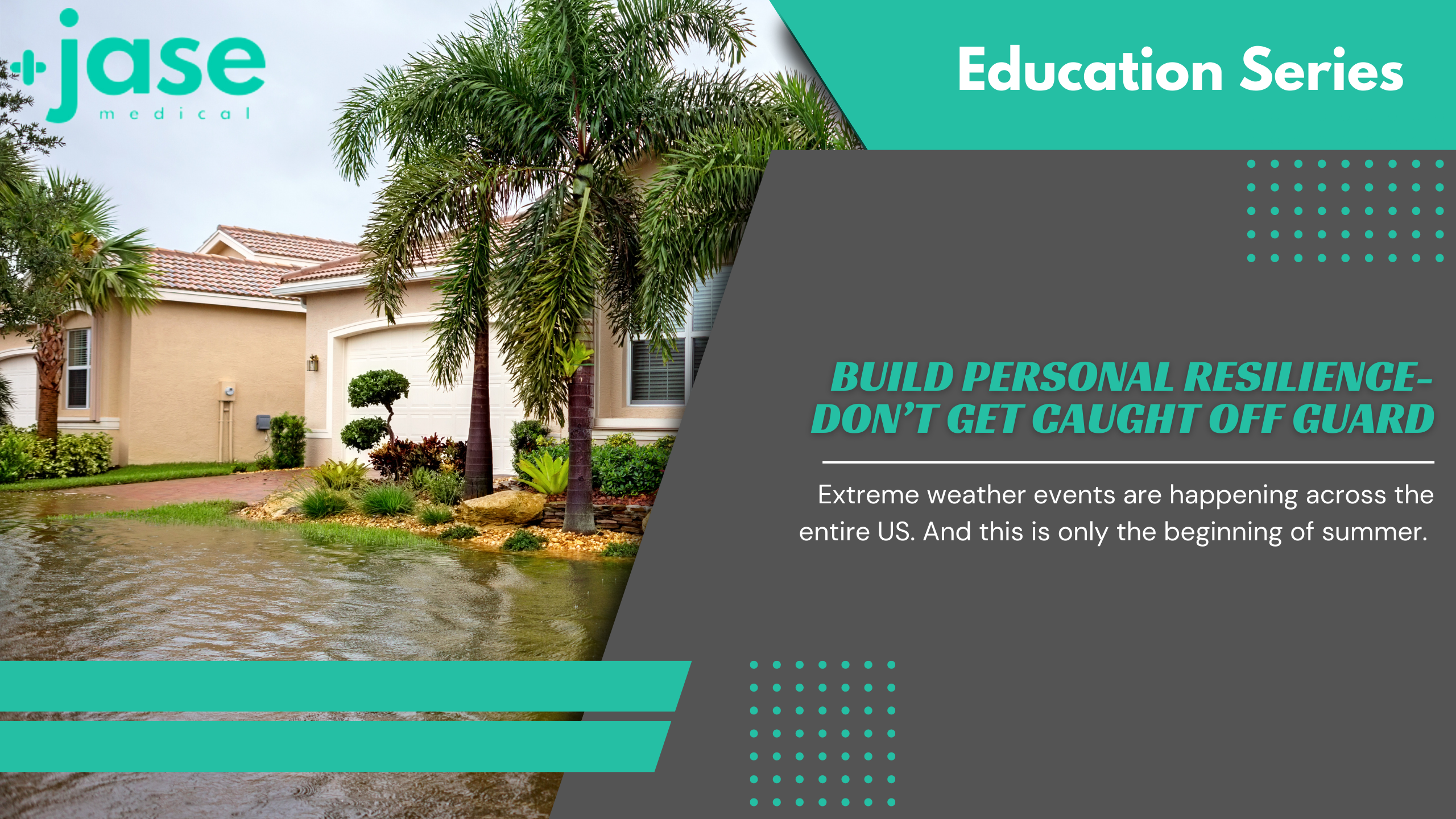
Extreme weather events are happening across the entire US. And this is only the beginning of summer.
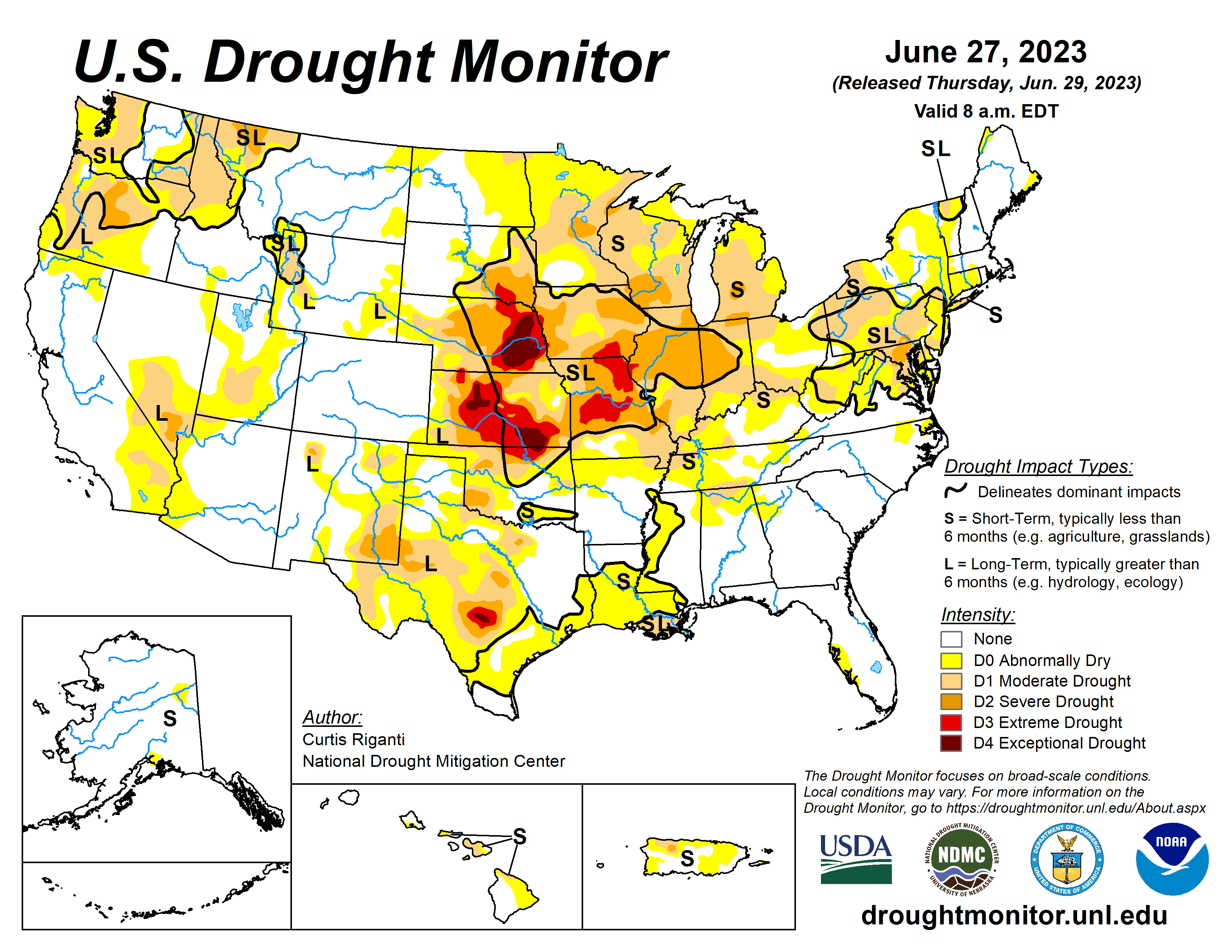
- Brutal Heatwave Makes Texas Among the Hottest Places on Earth
- Indiana Tornado Kills One as Severe Weather causes Damage and Power Outages Across Multiple States
- Severe Storms Set to Blast the Midwest
- Live Updates: Canadian wildfire smoke creates unhealthy air quality across Pittsburgh area
- Canada wildfire smoke is drifting from the Midwest to the East Coast
- Tornadoes terrorize Indiana Sunday as severe storms knock out power to over 700K from Ohio Valley to South
- https://www.bnd.com/news/weather-news/article276752396.html
- Brutal Heat Wave Is Expected to Spread Across the South
The massive amounts of weather-related events already happening is setting the stage for a severe supply chain disruption. Tornados and hurricanes knocking out infrastructure- warehouses holding medications, food, and basic needs are already feeling the pinch. Along with supply disruption, workers at these warehouse unable to get to their jobs adds to the chaos. Supplychain24/7, a supply chain solutions company actively seeks and researches solutions to supply chain issues. They are working towards resiliency in the supply chain. They study logistics trends, weather related disruptions, and continue to work towards solutions that help close the gap in disruptions.
Build your own personal resiliency plan. The government isn’t going to save you
Over and over we see how limited our EMS and infrastructure services are when it comes to widespread natural disasters. Basic services, such as restoring the electric grid, sewer and garbage services keeping roads cleared, transporting patients to working hospitals, Answering calls for weather related injuries, rescue operations, and more stress the emergency workers beyond capacity.
These weather-related shortages can be mitigated by implementing a plan- and following through on it. The lives of you and your loved ones depend on a well-executed plan when, not if disaster strikes.
Build your emergency medical kit
Along with first aid supplies, consider all the people you are responsible for medical needs. Does anyone use inhalers for asthma? A clear airway is the highest priority when it comes to survival. If an asthma exacerbation occurs from wildfire smoke, do you have a nebulizer (Amazon carries inexpensive portable nebulizers) along with extra tubing and masks? Contact your care provider for extra solution for the nebulizer. By the way, fo you have a way to use the nebulizer if the power goes out? A portable generator, solar unit or battery?
Insulin dependent diabetics require not only the insulin but blood testing supplies and glucometer. If you or anyone in your household is insulin dependent, do you have a way to store extra insulin, have extra testing supplies and insulin? A small refrigerator that plugs into the car or outlet on a generator would be a wise investment to store insulin and other temperature sensitive medications.
Do you have an adequate supply of medications? If you weren’t able to get to a pharmacy or clinic for an extended period, say 3 months, would you and your family have enough medication and first aid supplies until the supply chain was restored? If not, check out Jase Daily for a year’s supply of prescription meds. It’s an easy and affordable way to ensure an uninterrupted supply of lifesaving medications in the event of a drug shortage.
How does your supply of over-the-counter drugs and supplies add up?
Along with your medical kit, over the counter drugs and medical supplies can be lifesaving.
- Bottled water and water filter if water runs out (check out Membrane Solutions for portable water filters)
- Electrolyte powder or solution
- Antihistamines (Benadryl or other antihistamine)
- Antipyretics, anti-inflammatories, pain relievers,
- GI meds- anti diarrheal stool softeners, laxatives, heartburn meds,
- Burn cream, eye wash solution, sunburn cream, calamine lotion, aloe gel, ice packs
- Thermometer- age appropriate
- Blood pressure cuff if using a digital cuff, make sure you have adequate batteries)
- Penlight and batteries
- Bandages, gauze, tape, mole skin for foot sores, tweezers, bandage scissors, otoscope
- For infants- bulb syringes, thermometer diaper rash cream, fever reducer meds, extra formula, electrolyte replacement (such as Pedialyte)
- Brooke Lounsbury, RN
Medical Content Writer
Lifesaving Medications
Recent Posts
Keeping you informed and safe.
Medical Readiness: What Really Kills First
Exploring Dr. William Makis’ Hybrid Orthomolecular Cancer Protocol: Focus on Ivermectin and Mebendazole/Fenbendazole
Exploring Dr. William Makis’ Hybrid Orthomolecular Cancer Protocol: Focus on Ivermectin and Mebendazole/Fenbendazole *Disclaimer: This article is for educational purposes and does not constitute medical advice. Always seek professional guidance.* In the evolving...
Be Prepared for Life’s Unexpected Moments
3 Reasons EVERYONE should have emergency medications avaiable. It's all about access—access to medications and care when you need it most. And when things happen outside of your control that access can disappear.Below are 3 examples of how easily this access can be...

